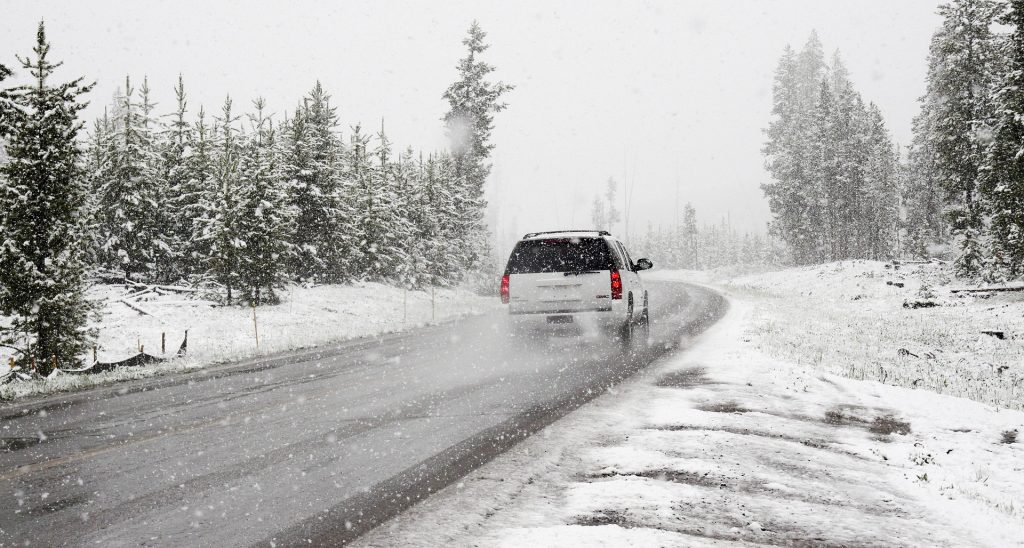Snow is expected in the capital on Sunday.
Others are reading now
Winter weather in the United States can shift quickly. Some years bring mild conditions, while others see powerful storms and Arctic blasts.
The size of the country means different regions experience severe weather at the same time — snow and ice in the Midwest, heavy rain in the South, and wildfires in the West.
When Arctic air moves down from Canada, temperatures can drop fast, creating dangerous conditions for millions of people.
Forecasters are now warning that an intense cold front is set to sweep across large parts of the country.
Also read
A strong Arctic air mass, often called the “polar vortex,” is expected to push temperatures to dangerous levels.
The northernmost parts of the U.S. could see nighttime lows of -24°F (-31°C), making this one of the coldest events of the season.
Washington, D.C., will also see freezing temperatures as the country prepares for Donald Trump’s inauguration on Monday, according to Ziare.
Snow is expected in the capital on Sunday, adding to the icy conditions from an earlier storm.
Marc Chenard, a meteorologist with the National Weather Service (NWS), warned of strong winds, saying:
“There will be quite a few gusts.”
The temperature at the time of the inauguration is predicted to be around 21°F (-6°C), making it the coldest since Ronald Reagan’s ceremony in 1985, when it was just 7°F (-14°C). More than 200,000 people are expected to attend.
The central and eastern parts of the U.S. will experience the coldest temperatures.
The “polar vortex” is a powerful wind pattern near the North Pole.
It normally stays in the Arctic, but when it weakens, it allows freezing air to spill south. Meteorologists warn that exposure to these temperatures could be deadly.
In December 2022, at least 61 people died during a winter storm. Some victims were found outside, while others died in their homes or cars.
Earlier this month, another storm hit the central and eastern U.S., killing at least five people and causing widespread flight cancellations.


